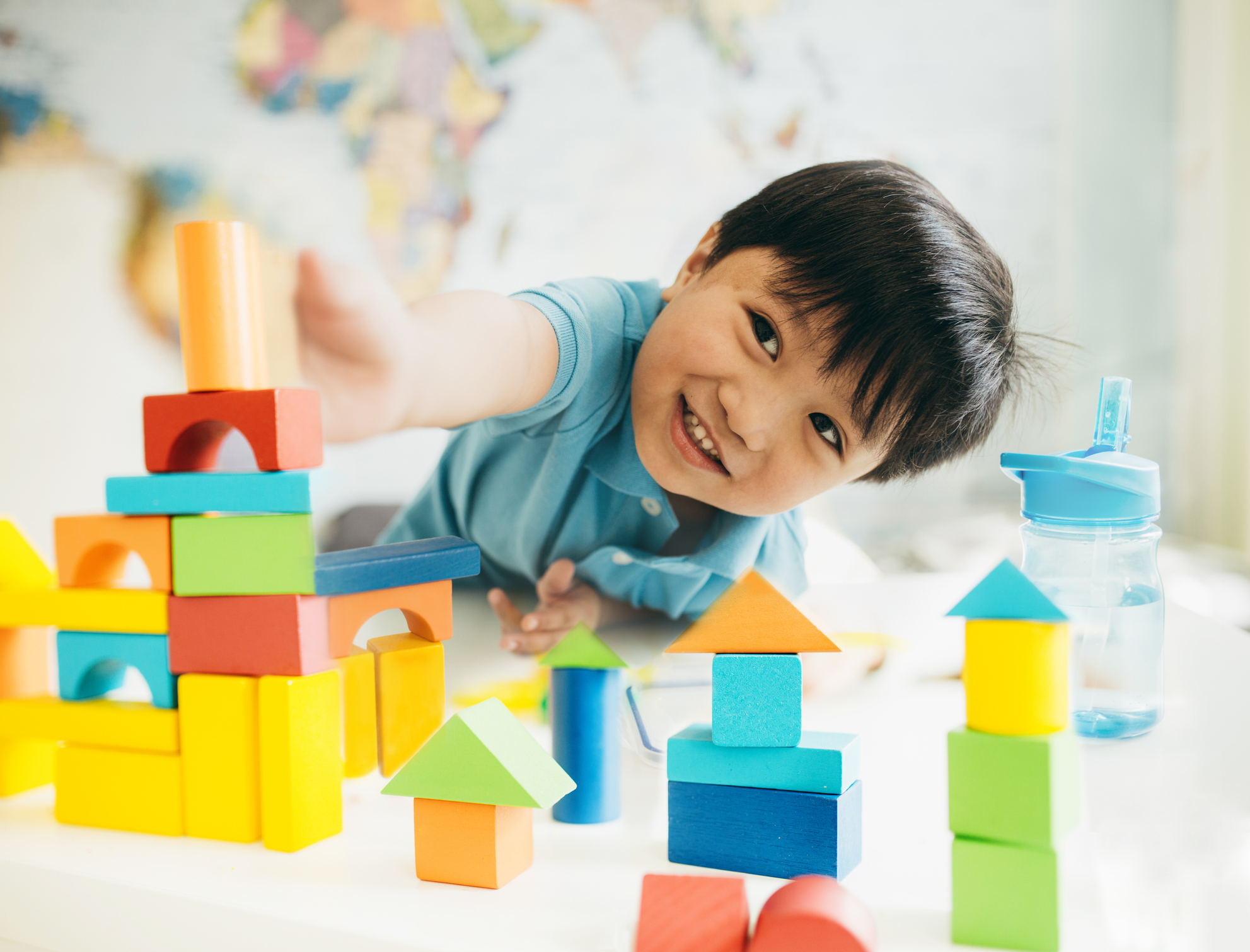One Saturday afternoon in the middle of a thunderstorm, my son sat on the couch, stared at the wall for five minutes, and then slithered onto the floor and repeatedly tossed a ball in the air above his head. I just smiled. I was glad for some downtime and mental white space for him.
White space, or “negative space,” is a term used in design. It’s the part of the page that’s left unmarked. In our kids’ heads, it’s the space between all the stimulation (school, screens, activities, and commands from us). Negative or white space has a purpose: providing balance. So how much mental white space—space that provides calm and balance—do your kids have? It’s not easy to create, but it’s not impossible. Here are 5 ways to give your kids mental white space.
1. Rush less.
“Get up! We overslept!” You know those mornings. Everyone’s scurrying around like headless chickens and you’re pretty sure you can hear the Benny Hill song playing. (Give it a listen, kids. It’ll make you chuckle.) It’s OK to rush now and again, but many of us operate in a perpetual hurry mode, which can be stressful for our kids.
Give your kids more mental white space by increasing your margins. Give them 10 extra minutes to get ready, or make that pediatrician appointment a few minutes later so you don’t have to run from school to the car to the doctor’s front door. Less rushing means more calm and time for the mind to wander.
2. Remember the fun you had as a kid.
One of my favorite memories is of my sister and me making up dance routines in the back yard. One summer, we choreographed Tiffany’s “I Think We’re Alone Now.” (Again, look it up, kids!) It was just us, our lavender boom box, and a genetically predisposed lack of coordination.
It’s not a punishment when we turn off screens and make our kids entertain themselves. We’re giving them the gift many of our parents gave us—the ability to be present with their own thoughts and creativity.
3. Change the mood in your home.
The kids whined when I reminded them that this month, we were screen-free after dinner. With the remote in his hand, one of my sons asked, “Then what do we doooo?” I lit a candle, turned off the bright kitchen light, and played music. My 10- and 12-year-old sons dragged out LEGOs and played on the floor together. It’s amazing what a change of setting will do to help everyone relax and mentally unplug. What could you do to make your house more peaceful in the evenings?
4. Aim for clean surfaces.
My older son cleaned off his dresser and announced, “I want it to look like this all the time!” When I asked why, he tilted his head, shrugged, and said, “I dunno. It just feels nice.” You’re preachin’ to the choir, son. There’s something about a clean countertop that gives me peace. When it’s piled up with “stuff,” I feel chaotic thoughts bouncing around.
I’m not saying a spotless house is required to give kids mental white space, but for some kids, sifting through too much stuff makes it hard to find their thoughts. Do a five-minute tidy-up each night as a family to keep common areas mostly picked up.
5. Leave one day per month blank.
The surefire way to give everyone mental white space is by having white space on your calendar. Block off one day for nothing, not even electronics. Spend time outdoors, read, or play a game like Uno. Cook together. Take a nap.
If your family’s schedule is so busy you can’t find one day to leave untouched, take it as a sign it’s time to cut back on commitments. As much as it will hurt, what’s more important is finding balance between activity and rest.
How do you give yourself mental white space?










